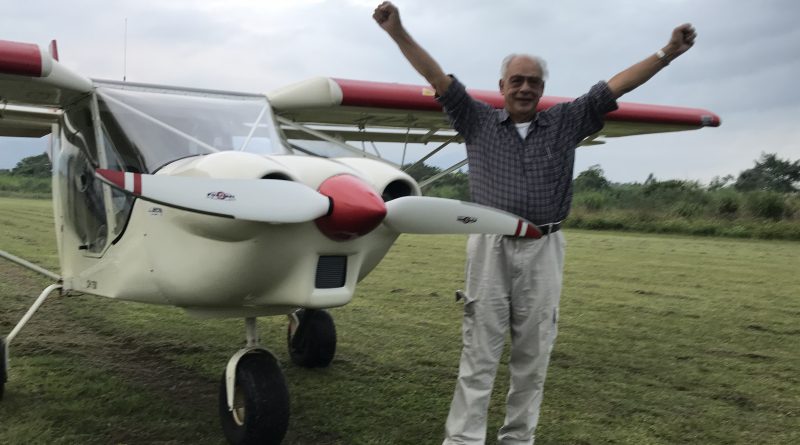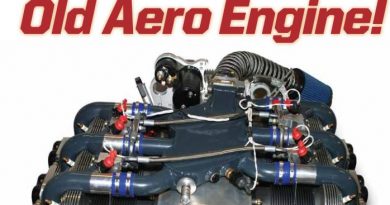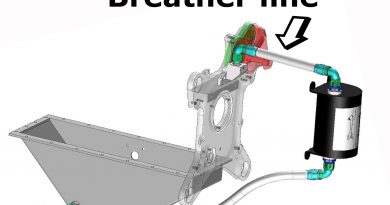The grand finale
Overwelmed with joy and pride, James Dao from Taiwan who recently performed his first flight in his latest home built aircraft, wanted to share his adventure with the ULPower News team.
Below you can find his story in which he explains how he, at the age of 80, got to flying his Zenith CH750STOL powered by the UL350 – or rather, as he refers to in his own words, how he experienced “The grand finale” .
The grand finale
- When all good things come together
The greatest delight of my departure from the cosmopolitan and move to the country was bumping into aviation. Shy of 30 years ago, with only used and poorly maintained Ultra-lleiights available, I waded through a number of engines from a 503 mounted on a single sail with which I learned to fly, to a 912 ULs on a CH701, to the latest R582/Mod. 17 sitting on my trainer. Combined with my Rotax 2 & 4 stroke training this kind of completes my jaunt of that particular make and type of engine designs which I found to be good engines, no doubt ━ If properly served.
In aviation, most things are trade offs, especially in sports aviation where all margins are scaled down to size and weight befitting the smaller and slower Light Sport Aircraft. However, seasoned pilots seeking the pleasure of leisure flying do also strive to have a reliable power plant with ample excess power available. The search and identification of an engine which employs advanced technology and meets these needs is equally important as finding the right airframe, if not more.
While searching for a state of the art engine and ideal aircraft in anticipation of reverting to sports aviation after gloriously roaming the U.S. skies as a GA pilot for years, gaining sufficient insights of what FAA termed as TAA – Technically Advanced Aircraft and what aircraft ownership really means in connection with maintenance and continued airworthiness, with that, my standards were set, and careful comparison begun.
Back in 2007, one particular new engine identified for study and to follow showing itself like a bright star on the night sky was the UL260. Allthough its innovations answered most of my beseech for having a better option than the dominating but cumbersome type from another epoch, I was disappointed a little about the lack of the horse power I sought.
As if prompted, there come along its sibling the great UL350iS, with 130 hp which really hit the “Sweet-spot”. The availibilty of a full range of frequently updated, easy to understand manuals, and an informative FAQ , greatly enhanced my ability to study and follow the development and market acceptance of this one of a kind, but state of the art top notch LSA engine.
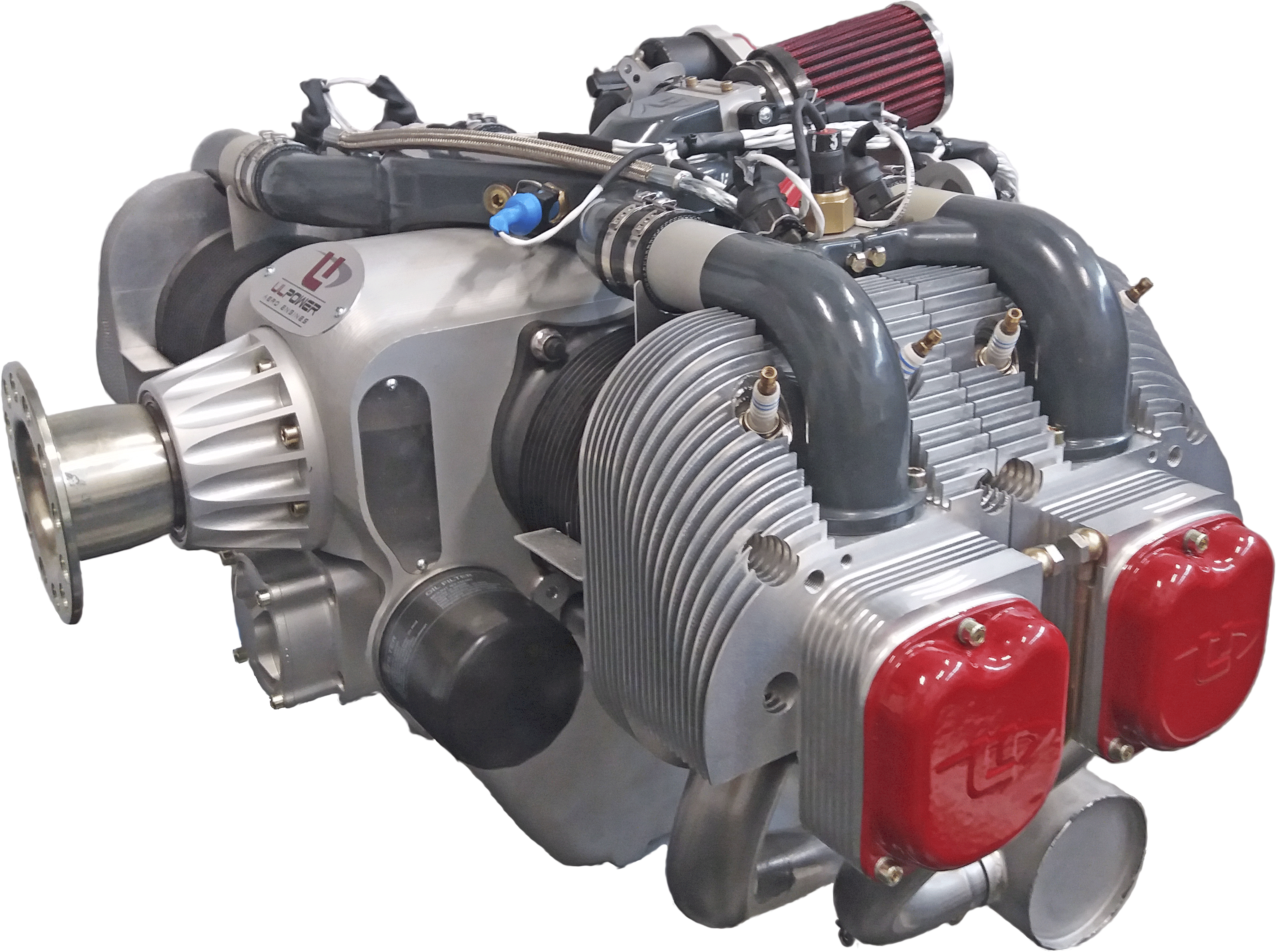
What I learned to appreciate most are the benefits of the FADEC and fuel injection. The Engine Control Unit, reading the throttle position and auto compensating for density and temperature, regulates the air/fuel mixture allowing a single lever operation. The engine is air /oil cooled and direct drive; eliminating the need of heave water coolers and a heavy, cumbersome gearbox. A combination not only ensuring a light weight but also offering more acceptable and decent lower RPM, yet producing better thrust. And then there is that sound : the low bass of the engine makes it environmentally friendly, idle is almost like purring.
Parallel to finding the right engine, an aircraft also had to be identified, in consideration to the condition of local runways, the lack of service available for civilian composite build aircraft, the renowned all aluminum CH750 STOL, became the one to house my UL350iS engine.
What I deem to be basic requirements for the aircraft:
- STOL capability for the relatively short strips we have to deal with.
- ALUMINUM build, civilian composite irreparable on the island.
- POWER PLANT options, and factory supplied engine mounts available.
- DESIGNER of the aircraft prominent.
- CONSTRUCTION instruction well developed and straight forward.
- COCKPIT width maximized.
- AIRBORN number of type.
My choice of aircraft, based on the experience of owning a CH701 in the past , was relatively easy –all that needed to happen was for the authorities to fully adopt the now internationally accepted LSA consensus, and adjust the MTOW from a funny number to 600 Kg (1320 Lbs.), and pass legislation, which to my great delight, took place in 2015, and thereby rendered the CH750 a legal experimental LSA under the new law on the island of Taiwan, Hooray!
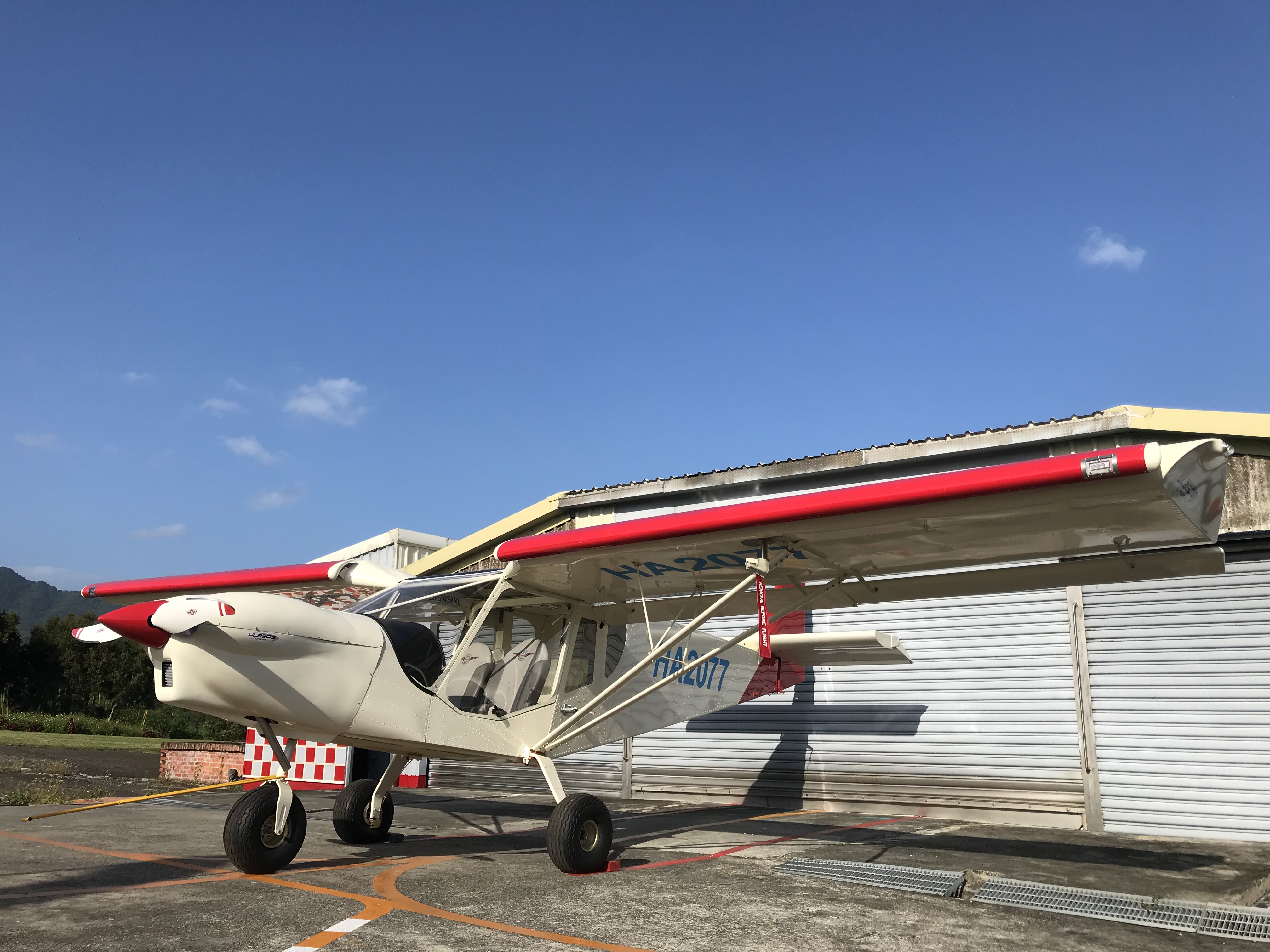
With the highly appreciated encouragement of Fay, my better half, and the support received from Zenith Aircraft, Dynon, and most of all UL Power, who even provided us with engine maintenance training at their headquarters located in beautiful Ieper Belgium, I felt confident about my project.
And so , after a long period of design and construction, and of course with the tireless effort of goods friends and professional builder James Yeh , avionics engineer Richard Chen, we finally managed to do our first testflight.
The first test flight a fortnight before this writing, proofed the aircraft to be well balanced and easy to hand fly – as sport aircraft should be hand flown.
Thus, all good things come together to keep me in the skies at and long beyond eighty!
By jd
November 12, 2019.
